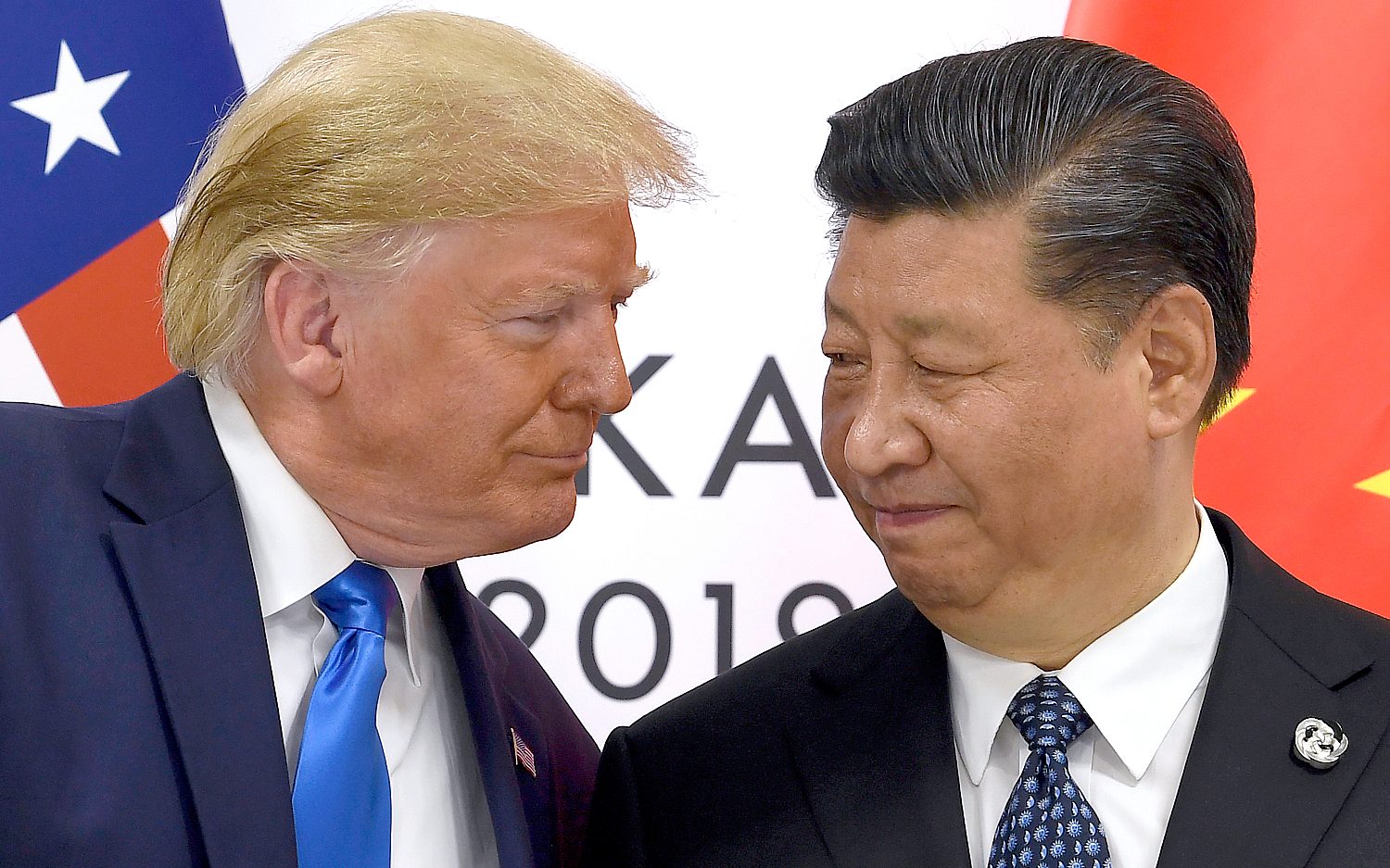Holocaust Museum to highlight long-obscured war crimes
In January 1942, a squad of Axis soldiers in the Balkans lined up hundreds of Serbians and Jews along the Danube River, stripped them naked in the winter cold, and massacred them with rifles and bayonets. A Nazi dentist named Elimar Luder Precht selected Auschwitz inmates with gold or platinum teeth for execution. Helmut Steinmetz killed a crippled Jewish man in the street in Warsaw, Poland.
On Thursday, the United States Holocaust Memorial Museum will open public, digital access to the United Nations War Crimes Commission (UNWCC) archive, which is full of harrowing stories like the ones above. This huge history of violence—37,000 names of criminal suspects, 500,000 microfilm images, 10,000 case files—has dwelt in shadows for 70 years under restricted UN access in New York.
The Danube account continues in one of many archive files: “Among the victims were a great number of children, even babies, whose mothers held them firmly to their breasts in the hope of protecting them from death and from the cold.”
The UNWCC authorized thousands of trials from 1943 until the United States helped other member nations shut it down in 1949. Many of the criminals on commission lists never answered to a judge for their violence. In the following decades, researchers wanting access to the archive had to ask their home governments and the UN Secretary General for viewing permission.
“I tried in 2011 and was authorized by the British government to do it,” said David Plesch, director of London University’s Centre for International Studies and Diplomacy. With a team of research assistants, he traveled to New York City’s UN Archives and Records office to explore the documents. When UN officials on site learned his companions never got permission for the visit, they stopped him from browsing any further: “They threatened to ban me for even leaving the room to tell my researchers what I could remember.”
The Holocaust Memorial Museum won full access to the archive after the U.S. government requested its own copy–something any UN member nation has long been welcome to do. Plesch told me he hoped other governments would follow suit: “It’s 400,000 pages … a tiny archive in digital terms.”
Publicizing so many stories of WWII atrocity could kickstart American remembrance of the Holocaust. Susan Perlman, associate executive director of Jews for Jesus, sensed opportunity in the archive: “My prayer is that it’s not merely a way of looking back at the war crimes but of recognizing in the midst of all this evil … that there is a way forward, and that way forward is in Christ.”
Perlman said Jews reflecting on the Holocaust should seek their Messiah: stronger than the Allies who failed to stop the Nazis from murdering 6 million people, but also a partner in suffering from his cross on Calvary. “God was with his people,” she said, pointing to 12 million Jews who remained and the rebirth of Israel as a nation.
Some suspects from the UNWCC records may still be alive, but Plesch deferred all further prosecution to national governments, not his research team: “We’re not into the whole digging up the 90-year-old camp guard business.” Perlman agreed: “These people, they will have to come to terms with a holy and righteous God.” His judgment, she said, will have greater impact than anything this side of the grave.
The Associated Press contributed to this report.
An actual newsletter worth subscribing to instead of just a collection of links. —Adam
Sign up to receive The Sift email newsletter each weekday morning for the latest headlines from WORLD’s breaking news team.




Please wait while we load the latest comments...
Comments
Please register, subscribe, or log in to comment on this article.